Welcome to BelovedSaffron.com, where we celebrate all the wonderful flavours of spices and herbs worldwide! We are not just chefs but food enthusiasts. Our mission is to bring awareness to spices, herbs, organic foods, and sustainable farming. As passionate fans of saffron, this is our way of sharing its wonderful uses with the rest of you! But Beyond saffron recipes and dishes, we seek to cultivate a community of people dedicated to creating delicious meals in their home kitchens or five-star restaurants worldwide! If you have a fantastic family recipe that you would like to share with our readers and us or want to contribute content for our blog, please feel free to contact us at [email protected]. Everyone has the potential to create something unique with spice and herbs in their very own kitchen - show us what you can do!
Now love yourself and enjoy this one ...
22 Easy Valentine Desserts – Ideas for the best decadent sweet treat recipes for your Valentine’s Day on February 14th.
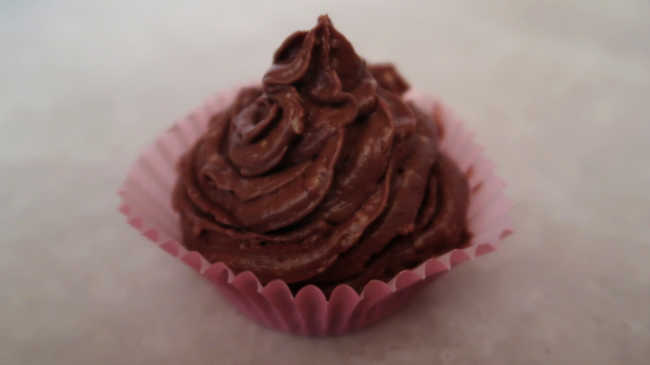
22 Easy Valentine Desserts
These Easy Valentine Desserts all make great recipes to enjoy following your Valentine’s Day dinner or special occasion meal.
All of the easy valentine’s day dessert recipes are perfect for either the whole family or as sweet desserts for two.
Over the years I’ve been on and off the keto diet, so most of the easy desserts are also low carb, sugar free and gluten free friendly too.
1. Strawberries and Whipped Cream
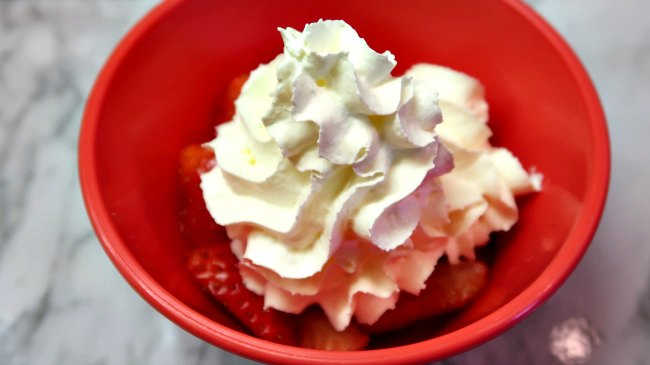
When it comes to making easy valentine’s day desserts, it doesn’t get much easier that a bowl full of fresh strawberries topped with a generous, indulgent swirl of whipped cream.
You can buy already whipped cream or simply pour heavy or whipping cream into a bowl and then whip until thickened, adding in sugar or stevia and vanilla to flavor the homemade whipped cream, if you’d like.
2. Mascarpone Stuffed Strawberries
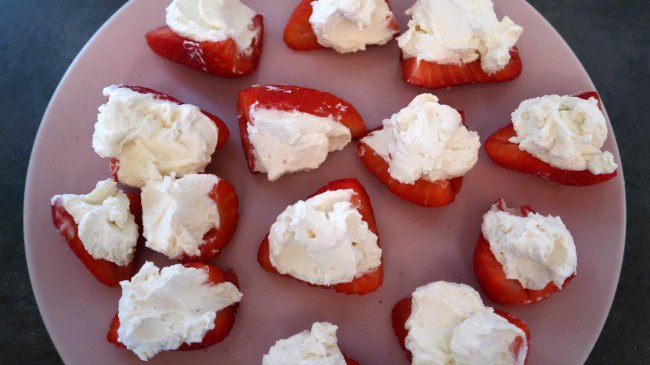
Make these easy mascarpone stuffed strawberries as an indulgent, bite sized creamy dessert treat full of strawberry flavor.
3. Strawberry Parfait

For this easy recipe, layer strawberries or your fresh fruit of choice with granola, raspberry jam or strawberry jam and yogurt for a healthy strawberry parfait dessert.
4. Raspberry Chia Pudding

Another healthy option is a raspberry chia pudding that you can make ahead and have waiting in the fridge to enjoy as a speedy sweet treat.
5. Daiquiri Smoothie

If you’re craving sweet, yet healthy valentine’s day cocktails, then give this non alcoholic Paleo Daiquiri Smoothie Recipe a try.
6. Strawberry Milkshake

Another drink option is this sweet strawberry milkshake that has only 3 ingredients that are easy to find at your local grocery store.
7. Raspberry Mousse
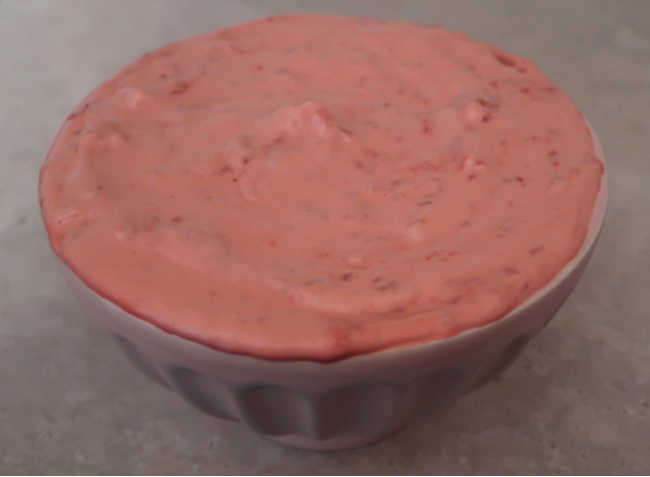
An indulgent way to enjoy fruit as a perfect valentine’s day dessert is to make a creamy mousse like this raspberry mousse.
To make the delicious dessert, cook raspberries and sugar or stevia to a puree, whip cream until thickened, then fold everything together to create a light, creamy mousse.
To make a cheesecake mousse, simply whisk a few spoons of cream cheese through the dessert.
8. Strawberry Ricotta Cake
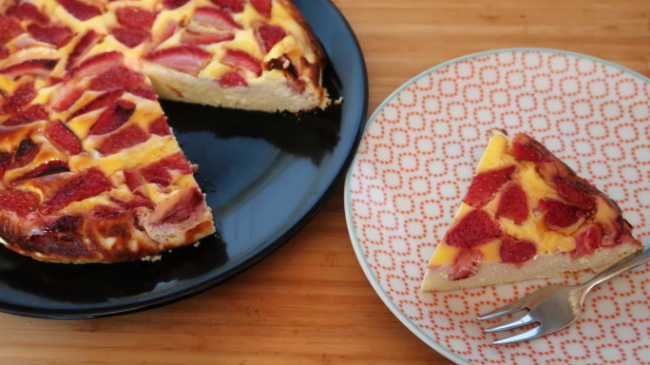
This strawberry ricotta cake looks impressive yet has only 4 ingredients and is incredibly easy to make.
9. Peanut Butter Mousse
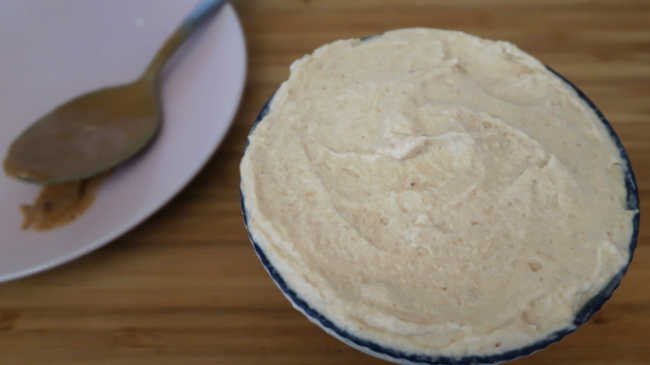
Peanut butter lovers will adore this creamy peanut butter mousse that combines together the simple ingredients of natural peanut butter, heavy cream and stevia or sugar.
10. Chocolate Peanut Butter Fudge
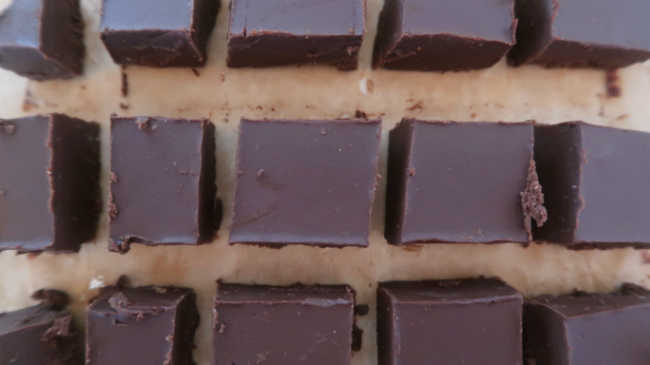
This chocolate peanut butter fudge combines together creamy peanut butter, chocolate and a little bit of sugar or stevia, to create the perfect peanut butter chocolate creamy fudge dessert to enjoy with a romantic dinner.
11. Chocolate Truffles
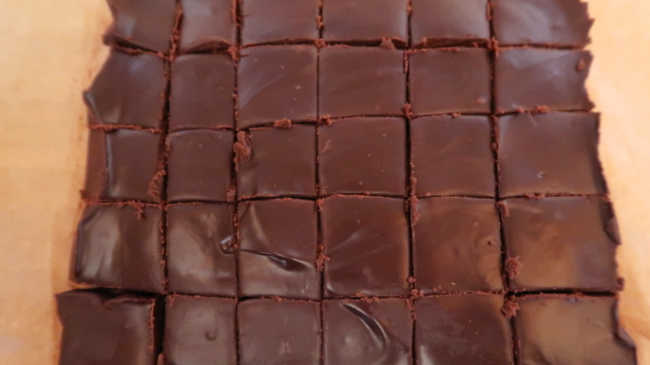
If you’re after a simple recipe that’s rich, decadent and full of chocolate then these easy chocolate truffles are perfect.
Simply heat cream and butter to a simmer then pour the heated cream over a bowl full of chopped chocolate or chocolate chips. Then, stir until you have a pool of melted chocolate which can be poured into a dish, popped into the fridge to set then bite sized treats.
12. Hot Chocolate

A warming hot chocolate makes the perfect way to indulge on a chilly Valentines evening. This oat milk hot chocolate is probably the easiest way to make the warming drink with only a few ingredients.
13. Chocolate Mousse
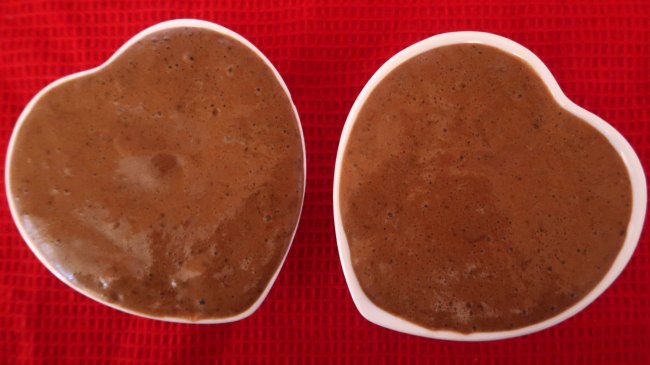
This chocolate mousse is served in dishes in the shape of a heart for easy valentine’s day treats.
14. Dark Chocolate Cupcakes
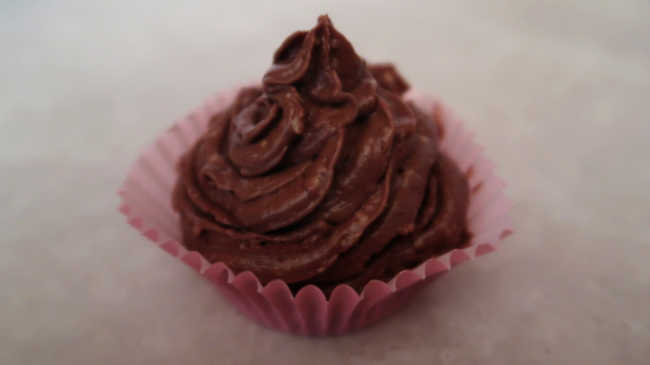
Make a batch of chocolate cupcakes that you can top you can top with chocolate cream cheese frosting for easy valentine’s day desserts.
15. Chocolate Cake
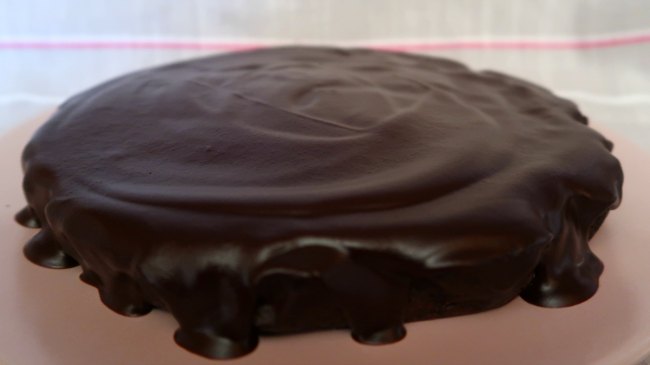
This coconut flour chocolate cake is one of those decadent desserts that you just can’t go wrong with. It’s rich, dark, chocolatey and oh so indulgent.
16. Mint Chocolate Mousse
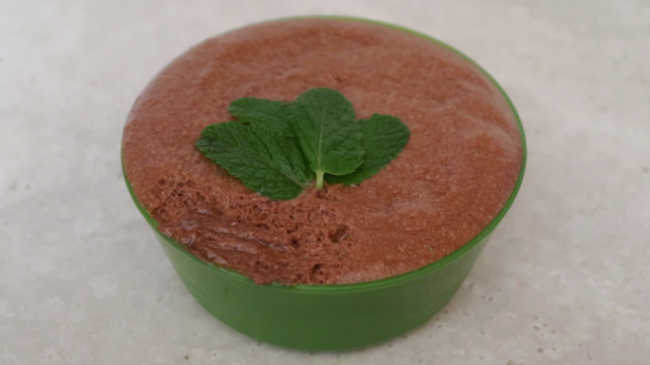
If you’re a fan of chocolate mint flavored treats then you’ll love this super easy valentine dessert of a rich chocolate mint mousse.
Mint flavored chocolate is melted with butter, then eggs are separated and the melted chocolate mixture is whisked into the egg yolks, egg whites are whisked to meringues before being folded into the chocolate mixture to create a light, creamy chocolate mousse dessert.
17. Chocolate Orange Mousse

This chocolate orange mousse is creamy, rich and a chocolate lovers delight to satisfy any sweet tooth.
To make the perfect dessert, orange peel is infused in heated cream and then combined with chopped chocolate to create an orange flavored chocolate sweet treat.
18. 3 Ingredient Cookies

You can make easy valentine’s day cookies with only 3 ingredients by combining together almond butter, peanut butter or your nut butter of choice, together with an egg and stevia or sugar until you have a cookie dough.
You don’t even have to bother with a cookie cutter, simply drop a tablespoon per cookie on a baking sheet and bake until you have perfectly baked 3 ingredient peanut butter cookies or almond butter cookies.
19. Gluten Free Chocolate Cookies

Another option for the best valentine cookies are these gluten free chocolate cookies that are a flourless, perfect treat full of rich chocolate flavor.
20. No Bake Cookies
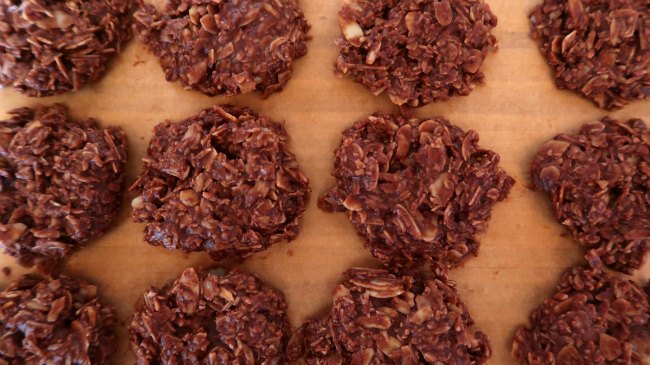
These easy chocolate peanut butter cookies need no baking, so you can make them ahead of time and let them set in the fridge, ready to enjoy as simple valentine’s day dessert ideas.
21. No Bake Cheesecake
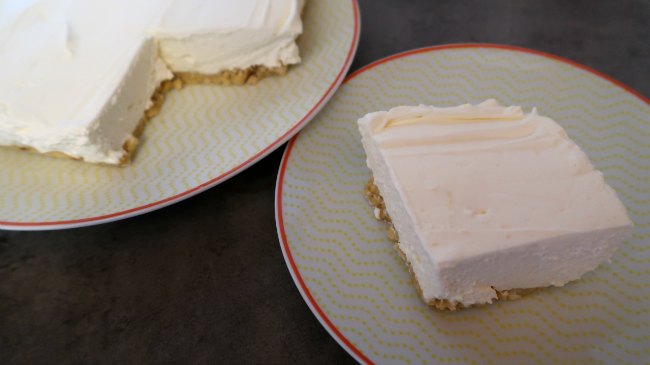
This no bake cheesecake is one the easiest things you could make for a sweet dessert for your valentine.
22. No Churn Chocolate Ice Cream

And for the final Easy Valentine Desserts, this no churn chocolate ice cream is the best way to indulge in an icy treat on the special day.

Easy Valentine Desserts Video
Here’s the video showing you how to make some of the easy valentine’s day recipes. Hit play below or click here to watch on YouTube.
More Easy Desserts
7 Keto Chocolate Desserts
10 Low Carb Cream Cheese Desserts
17 Easy 3 Ingredient Desserts
25 High Protein Desserts
Disclosure – this post contains affiliate links.
The post 22 Easy Valentine Desserts appeared first on Yummy Inspirations.
By: Jolene @ Yummy Inspirations
Title: 22 Easy Valentine Desserts
Sourced From: yummyinspirations.net/2022/02/easy-valentine-desserts/
Published Date: Sun, 06 Feb 2022 14:11:04 +0000
Frequently Asked Questions
How to make herbal remedies at home?
Making herbal remedies at home is easy. All you need is fresh herbs, water, salt, and sugar. You can use any herb, depending on what you want to create.
For example, choose mint, basil, chamomile, or lemon balm to make a soothing tea. If you want to make a cooling drink, try rosemary, thyme, lavender, or eucalyptus.
All you need to do is put all the ingredients into a pot and boil them until they become soft. Strain out the herbs and serve hot.
Add honey to the boiling mixture to make a tonic drink. Honey is a preservative and will keep your herbal remedy fresh for longer.
You can also combine two or three herbs to make a more potent brew. For instance, you could mix equal parts of garlic and ginger to make a powerful antiseptic. Or you can combine equal amounts of turmeric and ginger to make a potent immune booster.
Soak a clean cloth in warm water and place it over the affected area to make a compress. Leave it for 10 minutes before removing it. Do this every day until the swelling goes down.
Make sure you consult your doctor first before using herbal remedies. Some plants may interact negatively with other medications. Also, don't take large quantities of herbs because they can cause side effects.
What herb heals all wounds?
The answer to this question varies depending on the type and severity of the wound.
The herb comfrey (also known as knitbone) has long been used for its healing properties, particularly for skin injuries such as cuts and bruises.
Studies suggest that comfrey contains allantoin, which helps speed up healing. Other herbs commonly used for healing wounds include calendula, plantain, and yarrow. These herbs help to reduce inflammation, stop bleeding and speed up the skin's healing process.
In addition to herbs, honey has also been found to have powerful antimicrobial properties that can help prevent wound infection.
Herbs for wound care is an age-old practice that continues to be used today. However, herbs should not replace medical treatment, and always consult your doctor before using herbs for healing. With the right herbs, you can give your body the support it needs to heal naturally.
Which plant can heal wounds?
Plants are amazing creatures. They grow, they live, and they die. They make food, clean our air and water, and help keep us healthy. But plants also do more than that...they heal wounds.
Plants release molecules called phytochemicals when they are injured. These chemicals act as antioxidants, which protect cell membranes from damage and promote healing.
Phytochemicals found in plants include flavones (found in citrus fruits), terpenoids (present in mint leaves), and polyphenols (common in berries).
In addition to these protective compounds, plants contain proteins, vitamins, minerals, amino acids, fatty acids, and carbohydrates that support the body's natural processes of healing.
The best way to use plants to heal wounds is to consume them directly. However, there are ways to apply the power of plants to treat wounds without eating them.
First, soak a cotton ball in an extract from the St John's Wort herb. This product contains salicylic acid, which helps reduce inflammation.
Next, place the soaked cotton ball on the wound. Avoid applying the herb directly to open cuts, burns, or puncture wounds. If you feel any burning sensation, remove the herb immediately.
You may also find that placing a few drops of essential oil on the affected area promotes faster healing. Lavender essential oil reduces swelling and speed recovery; rosemary stimulates blood flow and increases circulation; peppermint relieves headaches and muscle aches.
If you want to try your hand at growing some of your medicinal herbs, here are some tips:
- Start with small pots, so you don't end up with too much of one particular type of plant.
- Grow several different types of herbs together. The same goes for flowers and vegetables. Mixing it up will ensure you get all the benefits of each plant.
- Use organic fertilizer if you're growing your herbs indoors. Non-organic fertilizers may be harmful to your health.
- Harvest regularly. You'll enjoy the freshness of homegrown herbs, but leave enough time between harvests to allow the soil to replenish itself.
- Be careful not to overwater your plants. Overly wet soil encourages mold growth, which isn't suitable for your herbs.
- Wash your hands after handling your herbs. You don't want to risk spreading bacteria onto your plants!
Statistics
- The global herbs market is expected to reach more than $125 billion by the end of 2025.
- Herbs are among the most popular and widely used medicinal remedies. According to a survey conducted by the National Institutes of Health, herbs were used by over 38% of adults in the United States.
External Links
pubmed.ncbi.nlm.nih.gov
doi.org
sciencedirect.com
- Peppermint oil (Mintoil®) in the treatment of irritable bowel syndrome: A prospective, double-blind placebo-controlled randomized trial
- Curcumin reverses the effects of chronic stress on behavior, the HPA axis, BDNF expression, and phosphorylation of CREB
amazon.com
How To
How To Upcycle Herbs After Making Infusions, Oils, Tinctures, And More?
There are more ways to use herbs than you might realize. This is why it's essential to keep an open mind when learning how to make herbal infusions, oils, tinctures, and more.
You'll find that there are many methods for making these products, and even though they may seem similar, each method has its benefits.
For example, some methods include creating decoctions, boiling water or alcohol with the herb(s), and letting them simmer for a while. These infusions are solid and potent because they contain higher concentrations of active compounds.
Another type of infusion includes macerating the herb(s), which means soaking them in liquid for a few hours or even overnight. Macerations tend to produce milder results because the plant material isn't boiled.
Some cold-infused forms involve steeping herbs in cool liquids such as ice cubes or cold water. Cold infusions are gentler than hot ones, often used to treat minor ailments.
Herbal oil extraction involves heating the herb(s) to release the essential oils. You can either do this yourself or have someone help you out with it.
Finally, there are tinctures made by mixing herbs with alcohol. They're usually taken orally and are very effective for treating coughs, colds, and flu symptoms.
The best way to learn how to create infused products is to experiment with various techniques. Each technique offers a different potency and effectiveness, depending on the herb(s) you choose.
Once you've tried a few different methods, you'll begin to develop your preferences. In time, you'll be able to determine which techniques work well for you and which aren't worth pursuing.
.png)





